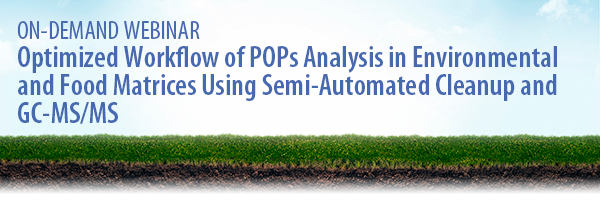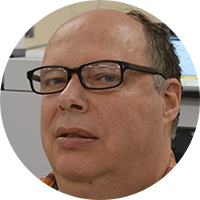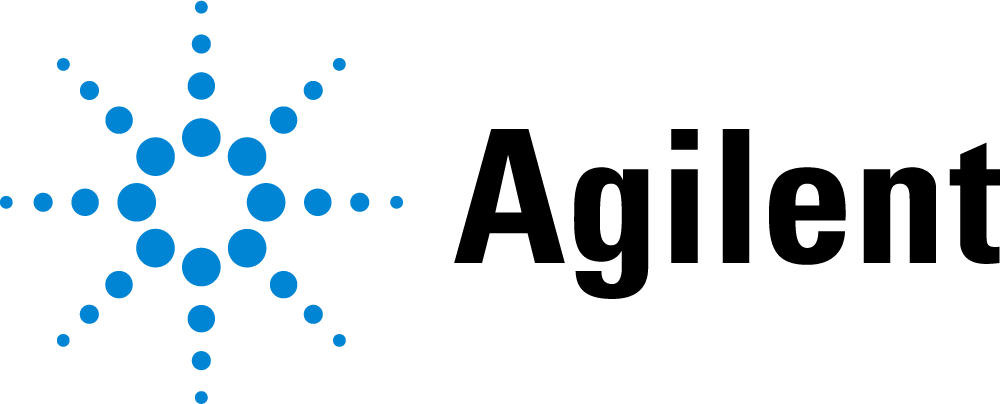Are you looking for fast and reliable sample processing of POPs? If so, register for this on-demand webinar that covers a semi-automated cleanup method with GC-MS/MS.


Format: On-demand
Duration: Approximately 50 minutes
Persistent organic pollutants (POPs), such as polychlorinated dibenzo-p-dioxins (PCDDs), furans (PCDFs) and biphenyls (PCBs), continue to be analysed all around the world in a wide variety of matrices, including environmental and food applications. The need for accurate, fast, and reliable sample extraction, cleanup and analysis has inspired both semi-automated and fully automated systems for the several steps in POPs sample processing.
In this presentation we discuss several cleanup methods with data and show how the Agilent 7010 GC-MS/MS instrument can be used for state-of-art dioxin and PCB work at levels of sensitivity equal to or better than magnetic sector instruments.
By viewing this presentation you will learn:
- Semi-automated cleanup can greatly assist in fast and reliable sample processing for PCDD/Fs and PCBs measurements.
- The Agilent 7010 GC-MS/MS instrument can successfully carry out the analytical part of this process.

The Presenter
Presenter: Ruud Addink
Ruud Addink
Technical Director of the Applications Laboratory, Fluid Management Systems (Billerica, MA, USA)
Ruud Addink holds degrees in Environmental Chemistry from the Universities of Leiden and Amsterdam (PhD) in the Netherlands. Previously he worked at Rensselaer Polytechnic Institute in Troy, NY, on formation of PCDD/Fs and PCBs in combustion and waste incineration.
Sponsor:




